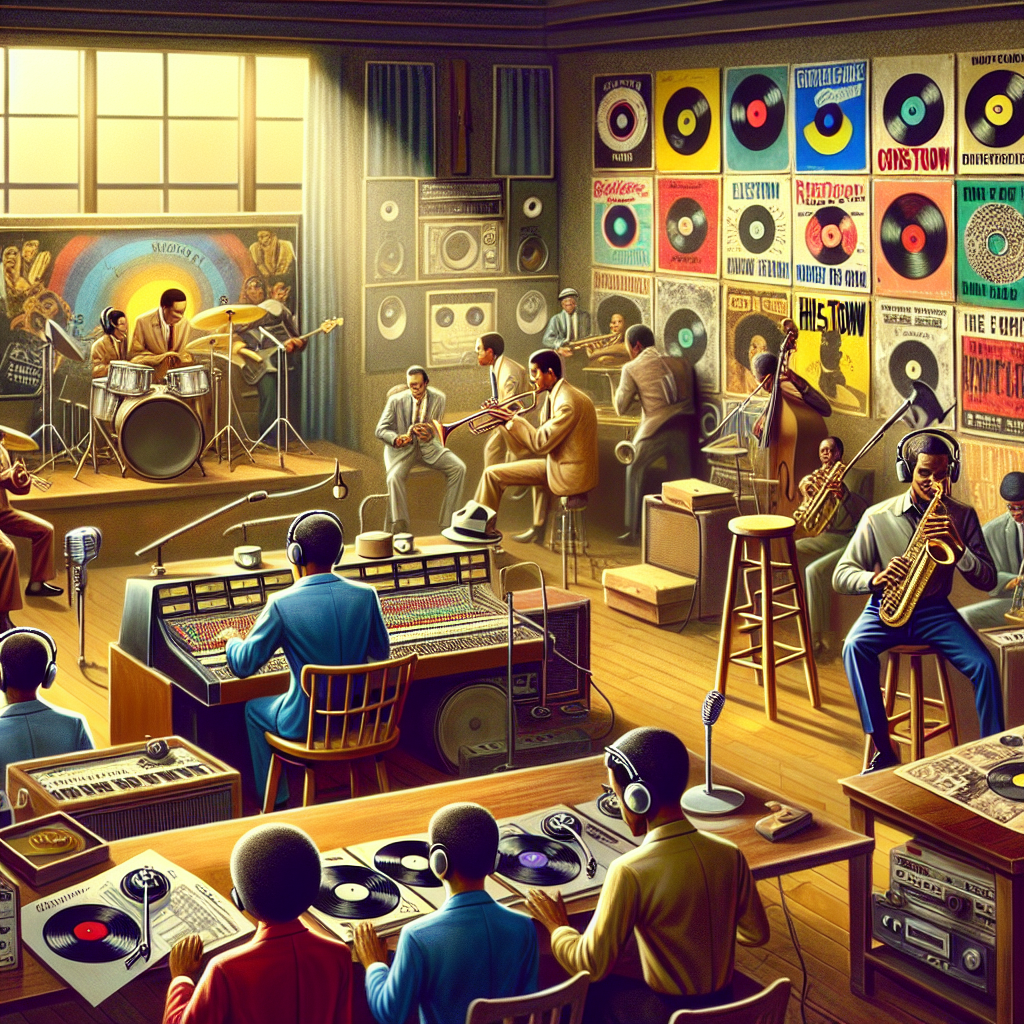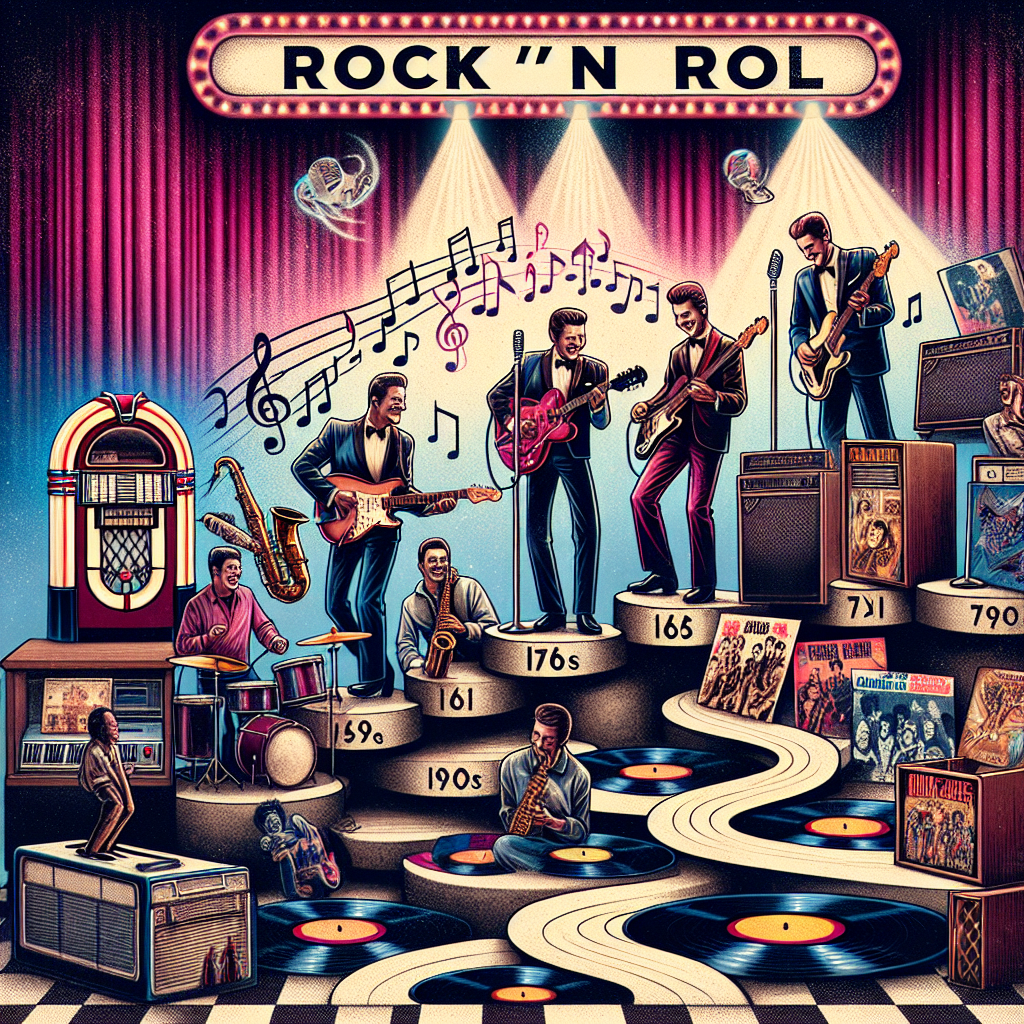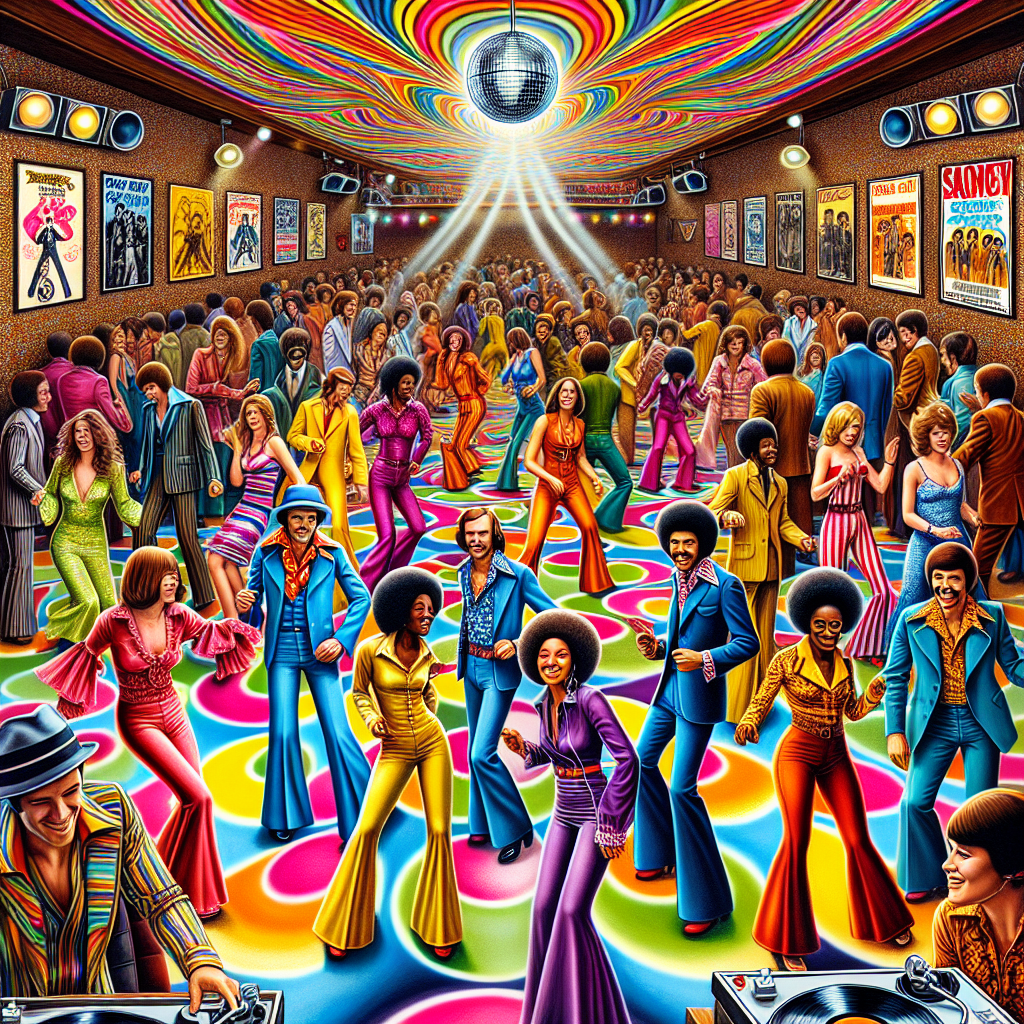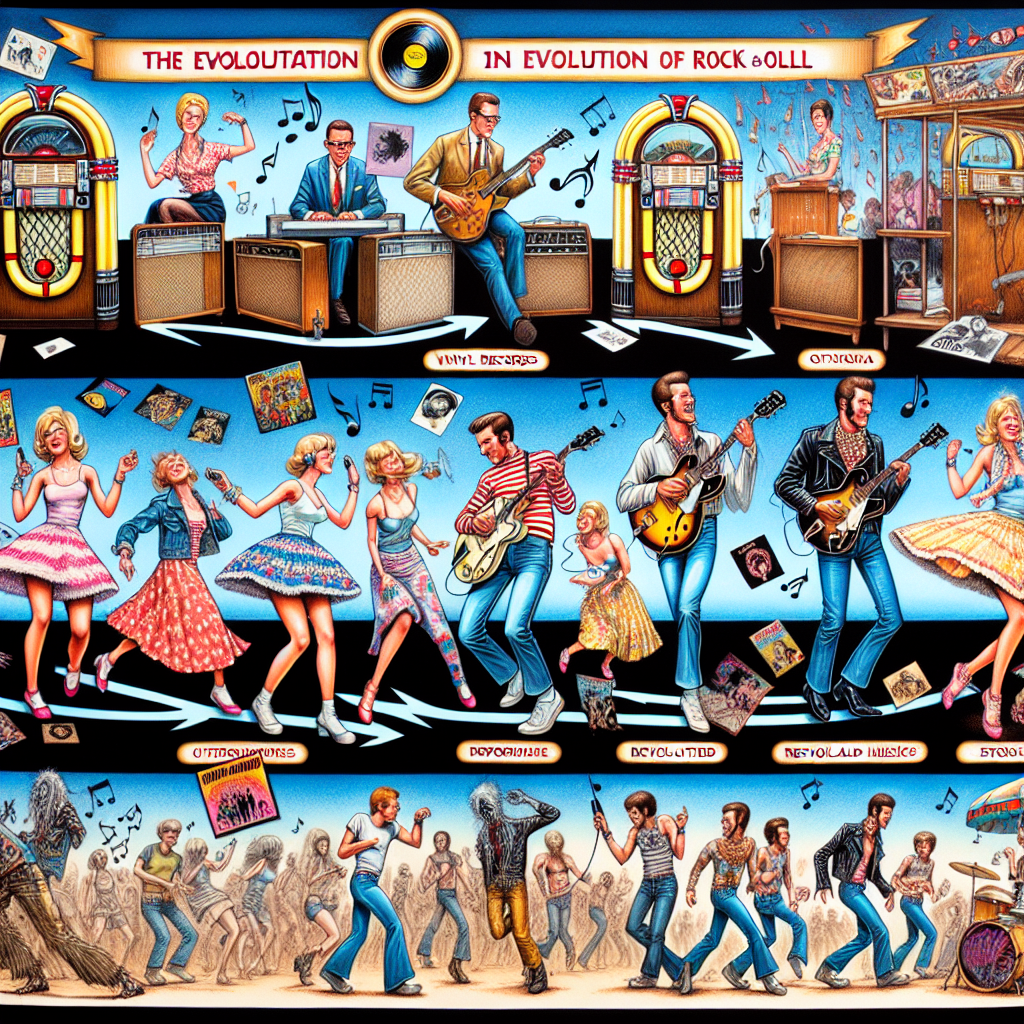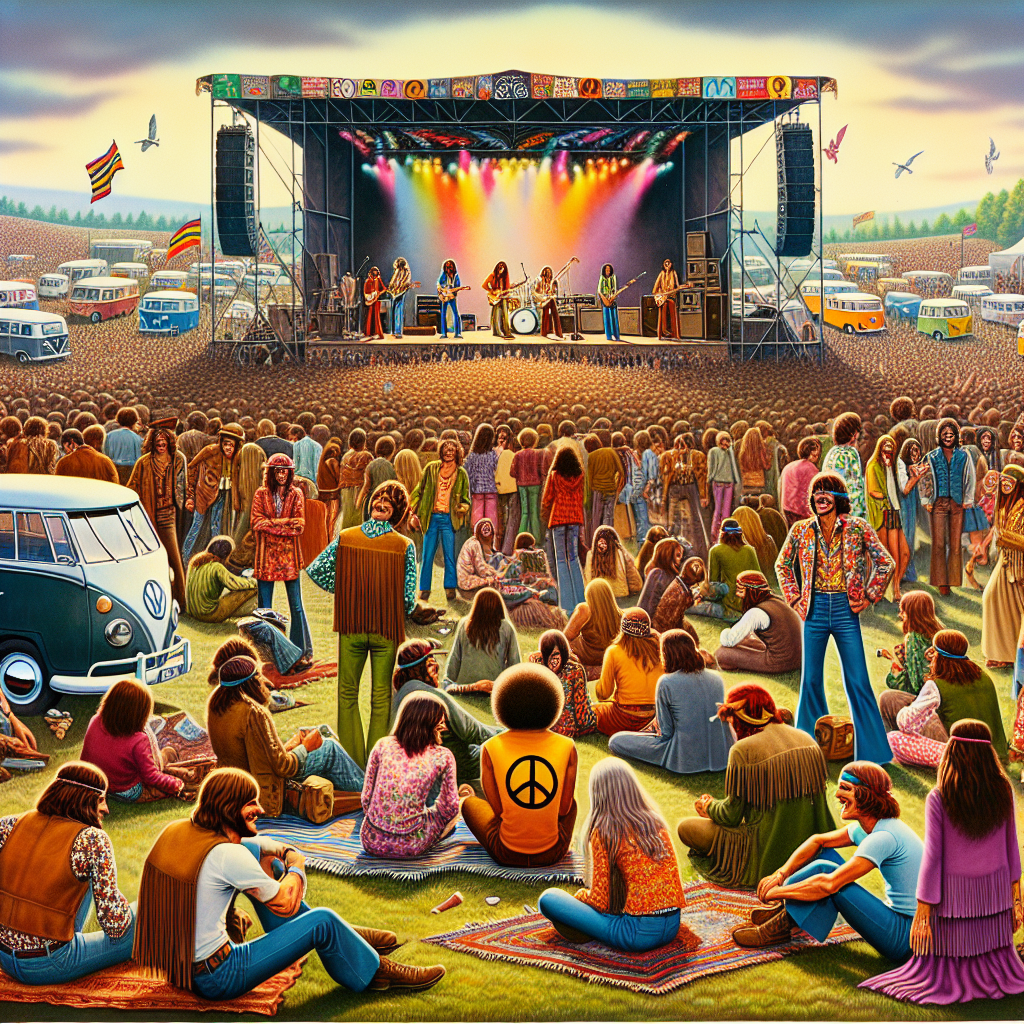Throughout the 1950s, 60s, and 70s, women in the music industry made significant strides in shaping culture and influencing society. These female artists not only broke boundaries in their respective genres but also paved the way for future generations of musicians. From rock ‘n’ roll to soul to folk, these women rocked the music scene with their talent and charisma.
One of the most iconic female artists of this era was Aretha Franklin. Known as the Queen of Soul, Franklin’s powerful voice and soulful melodies captivated audiences around the world. Her songs like “Respect” and “Natural Woman” became anthems for the civil rights movement and empowered women everywhere.
In addition to their musical talents, these women were also trailblazers in other aspects of culture. Many female artists from this time period used their platform to speak out on social issues and advocate for change. Artists like Joni Mitchell and Janis Joplin were known for their politically charged lyrics and fearless attitude towards challenging societal norms.
Furthermore, these women were also trendsetters in fashion, pushing boundaries with their bold style choices. From Cher’s iconic bell-bottom pantsuits to Grace Slick’s psychedelic prints, these artists used fashion as a form of self-expression and empowerment.
Despite facing challenges in a male-dominated industry, these women persevered and made a lasting impact on music history. With advancements in technology during this time period, female artists were able to reach larger audiences through radio and television broadcasts. This allowed them to connect with fans across the globe and solidify their place in music history.
As we celebrate Women Who Rocked: Celebrating Female Artists in the 50’s, 60’s, and 70’s, let us remember the incredible contributions these women made to music, culture, politics, fashion, and technology. Their legacy lives on today through their timeless songs and enduring influence on future generations of musicians.


